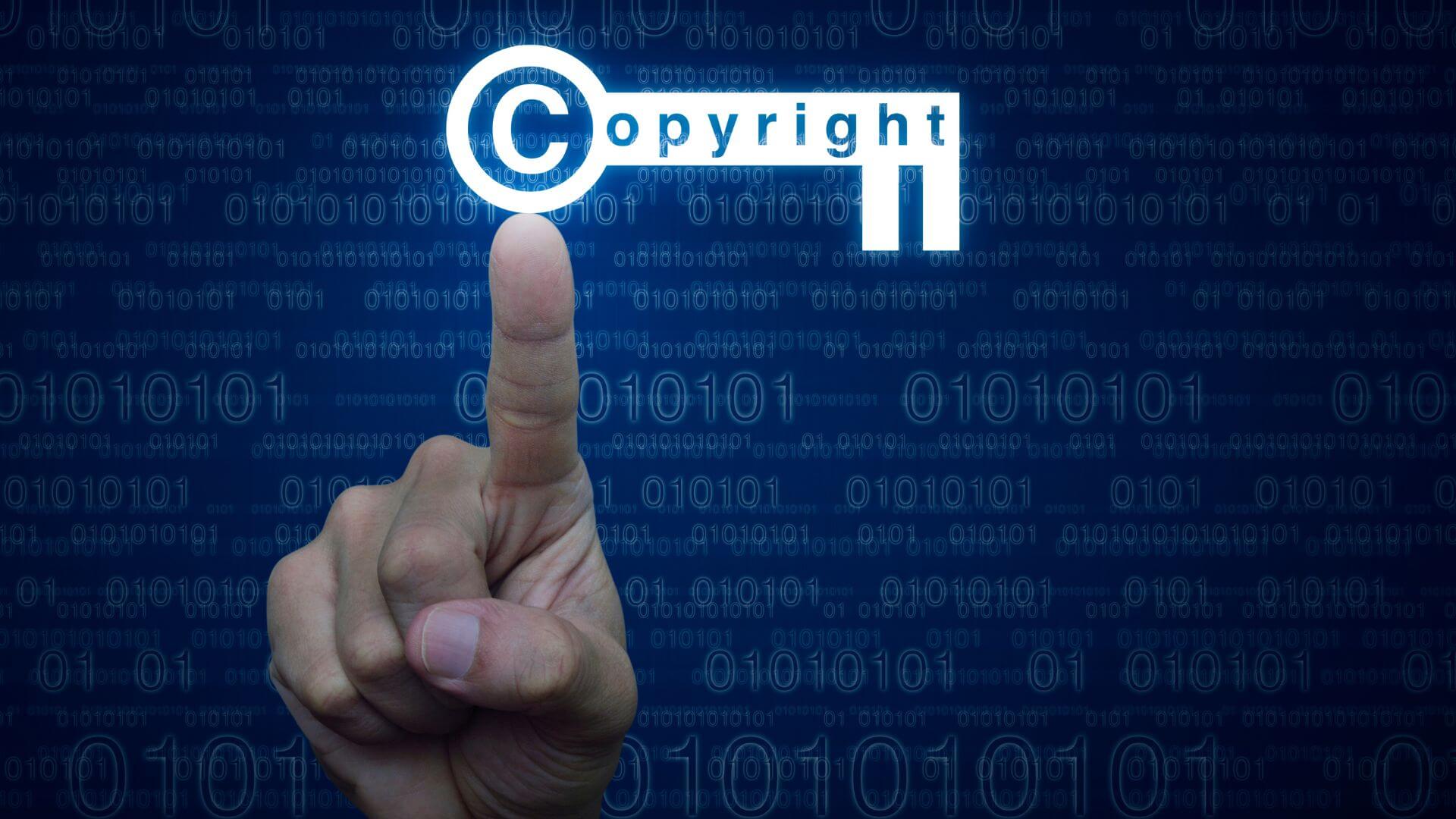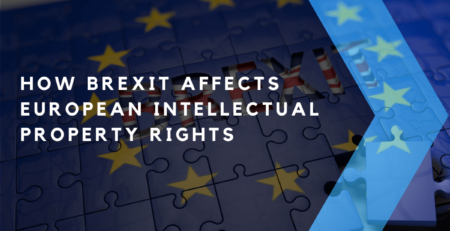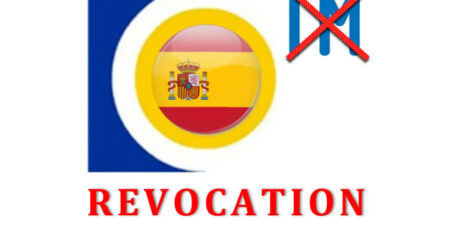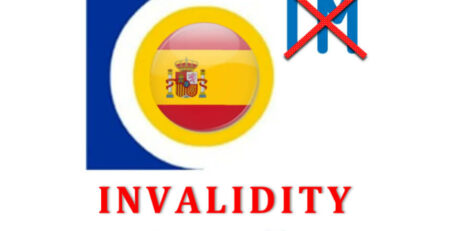Software intellectual property: patentability and copyrights
Software intellectual property raises frequent questions among companies seeking to understand how they can protect their copyrights when dealing with this type of creation. Is it possible to apply for a software patent in Spain and Europe? This has been the most recurrent question.
In today’s digital age, software applications have become an integral part of our lives. However, with the rise of these technologies, the need to protect the intellectual property rights (IPR) associated with them has also increased. In this article, we will explore how you can protect the rights of your software application in Spain and Europe.
Contents
- What are intellectual property rights?
- Software patents (Industrial Property) Would software be patentable in Spain and Europe?
- What is a patent?
- Patentability of software in Spain
- Patentability of software in Europe
- Trademark registration
- Conclusion
What are intellectual property rights?
Intellectual property rights are the legal rights granted to creators and inventors over their creations and inventions. These rights allow owners to control and benefit economically from their works and inventions, in addition to obtaining recognition for their creations. In the case of software applications, IPRs can be copyrighted, or their distinctive mark can be registered as a trademark. On the other hand, they would have no place and would therefore be excluded as patents or industrial designs.
Programs and their protection as copyright (Intellectual Property) in Spain and Europe
In Spain, the Royal Legislative Decree 1/1996 regulates copyright. This decree protects literary, artistic, or scientific works expressed by any means or support. Software applications are considered literary works for copyright purposes, with the source code being essentially protected in this way.
In Europe, Directive 2009/24/EC of the European Parliament and of the Council of April 23, 2009, on the legal protection of computer programs establishes the rules for the protection of computer programs as literary works within the meaning of the Berne Convention for the Protection of Literary and Artistic Works, to which many countries (almost 200) belong.
Intellectual works result from the effort of a person considered the “author”. And it is the author who obtains the rights. Registration is not mandatory to obtain rights, but it provides proof of the existence of the work and its authorship because a registered right has the support of the Government to determine the starting date of those rights, which in other cases may be debatable, given the enormous duration (70 years after the author’s death, or 70 years in the case of legal entities). And the fact is that in that time the documents that determine authorship may have “evaporated”, even by deletion of the hard disks that contained them. It is always better to register.
But… What is copyright in a computer program? Well, the object itself, the “disk”, or what is “downloaded” from the Internet. They are packages that the receivers can do nothing about. They bring them to their computers, and there they are installed and work to provide a service.
The next question is: Can the systematics of a program be protected? Here is where the problem begins. Systematics is not protectable under copyright law. It is lawful to make a “scientific calculator” program in parallel to another, and to many others, that give the same calculation results, but when reading the sentences of their logical structure, it can be seen that they are each the fruit of the intellectual activity of their different authors. (We will not go into the casuistry of partial copies and plagiarism frauds, since it is too complicated for this explanation) and it is at this point where there could be a link with the patent.
Software patents (Industrial Property) Would a software application be patentable in Spain and Europe?
Well, it will depend on the application, as we have mentioned and will see below. The protection of inventions by patents is a crucial aspect of IPRs, especially in the field of information technology. However, the patentability of software applications is a complex and controversial issue, and depends largely on the specific nature of the invention, as we will see below.
As stated in the Spanish Patent Law, computer programs are initially excluded from patentability, since it is not possible to register a patent for a program that can be protected as intellectual property. But… Is this categorical? No, fortunately not. In technical matters, the patent is the “technical rule” that develops the unknown and new solution to a problem that was previously not solved or was done in an unsafe, expensive, labor-intensive, or disadvantageous way compared to the innovated one.
And of course, “downloading a program” to make a calculation is not properly a rule, but a sequence of operations, compatible with another sequence of operations with the same result. And so, there are “chat” or “video chat” programs, which are different (different source code or internal literature) but all do “the same thing” (in quotation marks for its essentiality, for lack of other details).
But to control an entry of products through a logistic warehouse, in which the distribution of incoming contents can be systematized through a program for their output, employing identifiers, mechanisms of movement of … (containers, for example, too), small packages, etc., so that they are sorted, searched, packed, packaged and labeled, and even loaded onto transports in reverse order to be delivered, is not just a question of software. And in this case, the software is a technical support for the realization. Nevertheless the invention patent that contains this system does not protect “the software”, but the activity of the machine through “a” software that carries out this sequence of operations.
In this case, the criterion will be that the patent protection covers by extension the right of the “program systematics” and therefore may prohibit the activity of other programs with the same result and different literature.
Of course, the patent has a 20-year term limit, but this does not prevent the author of the program from extending the protection of his authorship up to 70 years, depending on the author’s conditions.
What is a patent?
A patent is an exclusive right granted by a state to an inventor to exploit his invention for a limited period. Patents provide inventors with the right to prevent others from making, using, offering, selling, or importing their invention without their consent.
Software Patentability in Spain
In Spain, Patent Law 24/2015 establishes that technical inventions (patents and utility models) are patentable if they are new, involve an inventive step, and are susceptible to industrial application. However, the law also states that computer programs as such are not patentable and could be rejected in case a computer program is applied for in this way (software patents would be excluded). This does not mean that software cannot be protected at all. As we have said before, computer programs can be protected by registering their copyright, a modality that protects the expression of ideas but not the ideas themselves, although, if the software is part of an invention that has a technical application, it may be patentable.
Therefore, it would be important that at the time of drafting the specification, the skilled engineer duly studies and gives the correct approach to the expression in the specification and claims to avoid or reduce the risk of objection and rejection due to the exclusion of computer programs.
Software Patentability in Europe
In Europe, the European Patent Convention (EPC) states that inventions involving computer programs are patentable if they have a technical application. The European Patent Office (EPO) has granted patents to some inventions involving software when such software contributes to the solution of a given technical problem.
Trademark registration
In addition to copyrights, you can protect your software application’s trademark through trademark registration. Trademarks protect the names, logos, and designs that must be distinguishable from those of your competitors and associated with the intended products or services, mainly in classes 9 and 42, others being valuable, depending on each case.
In Spain, you can apply for registration of a national trademark at the Spanish Patent and Trademark Office (OEPM) or register the trademark in Europe at the European Union Intellectual Property Office (EUIPO).
Conclusion
Protecting the intellectual property rights of your software application is essential to maintain your competitive advantage and prevent unauthorized use of your work. Make sure you understand the laws and regulations in your jurisdiction and take appropriate measures to protect your rights.
Remember that the protection of intellectual property rights is an ongoing process that requires vigilance and action. To this end, we will be able to analyze the ideal protection of your creation and give a preliminary opinion on its future viability.
For this purpose, we will be able to assess the suitable protection of the developed creation give a preliminary opinion on its future viability, and see how to reduce or evade any administrative risk.
If you need more information to protect your rights or how we can help you, contact ABECSA and we will answer any questions you may have.








